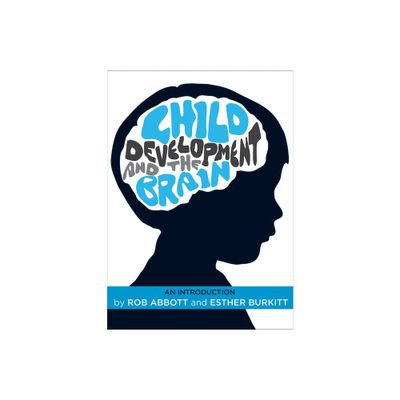Home
Relational Child, Relational Brain: Development and Therapy in Childhood and Adolescence
Loading Inventory...
Barnes and Noble
Relational Child, Relational Brain: Development and Therapy in Childhood and Adolescence
Current price: $53.95


Barnes and Noble
Relational Child, Relational Brain: Development and Therapy in Childhood and Adolescence
Current price: $53.95
Loading Inventory...
Size: OS
*Product Information may vary - to confirm product availability, pricing, and additional information please contact Barnes and Noble
Volume II in the Evolution of Gestalt series,
Relational Child, Relational Brain
continues the development of the paradigm shift that places human development in a field that is deeply complex and fundamentally one of interconnection, taking us away from the limiting view of us as separate individuals.
It builds on the foundation of contemporary views of relational neurodevelopment and the profound influence of relationship on brain growth. It shows how, particularly in the first two years of life, but continuing across the whole of childhood and adolescence into early adulthood, the relational field is the context of child development. The focus then broadens out to examine the intersubjective influence of community, culture, and social and physical support. Backed by neurobiological and related research, it offers many examples of relational Gestalt practice with children, adolescents, and their families, with stories of loss, trauma, isolation, and other adversities.
Not just an invaluable resource for child and adolescent therapists,
goes beyond the Esalen Study Conference from which it emerged and is a further invitation and challenge to apply relational Gestalt practice as a coherent and effective way forward in the troubled world of today.
Relational Child, Relational Brain
continues the development of the paradigm shift that places human development in a field that is deeply complex and fundamentally one of interconnection, taking us away from the limiting view of us as separate individuals.
It builds on the foundation of contemporary views of relational neurodevelopment and the profound influence of relationship on brain growth. It shows how, particularly in the first two years of life, but continuing across the whole of childhood and adolescence into early adulthood, the relational field is the context of child development. The focus then broadens out to examine the intersubjective influence of community, culture, and social and physical support. Backed by neurobiological and related research, it offers many examples of relational Gestalt practice with children, adolescents, and their families, with stories of loss, trauma, isolation, and other adversities.
Not just an invaluable resource for child and adolescent therapists,
goes beyond the Esalen Study Conference from which it emerged and is a further invitation and challenge to apply relational Gestalt practice as a coherent and effective way forward in the troubled world of today.


















